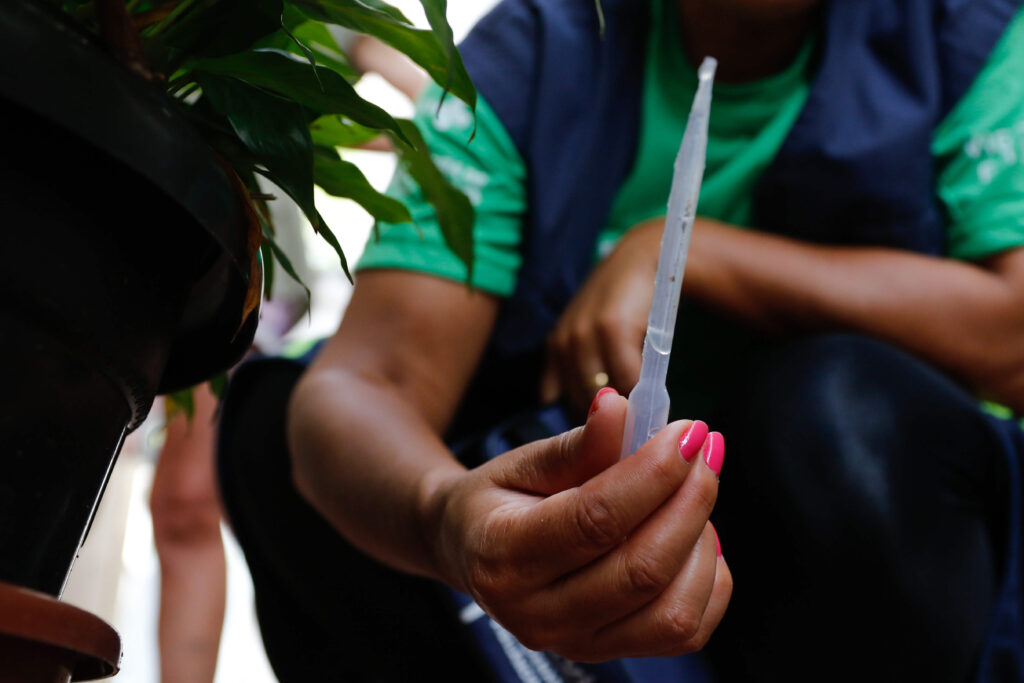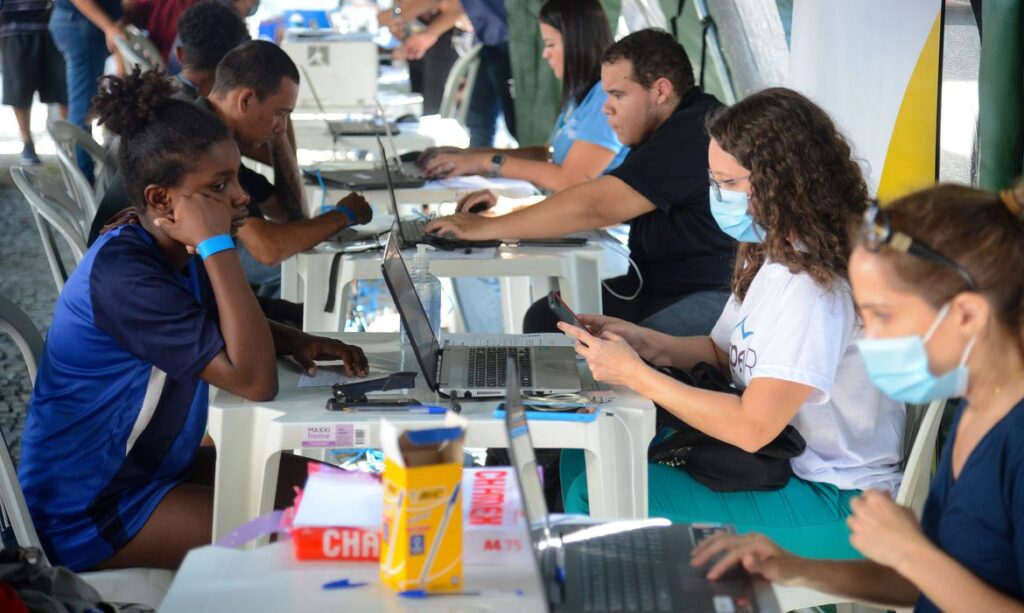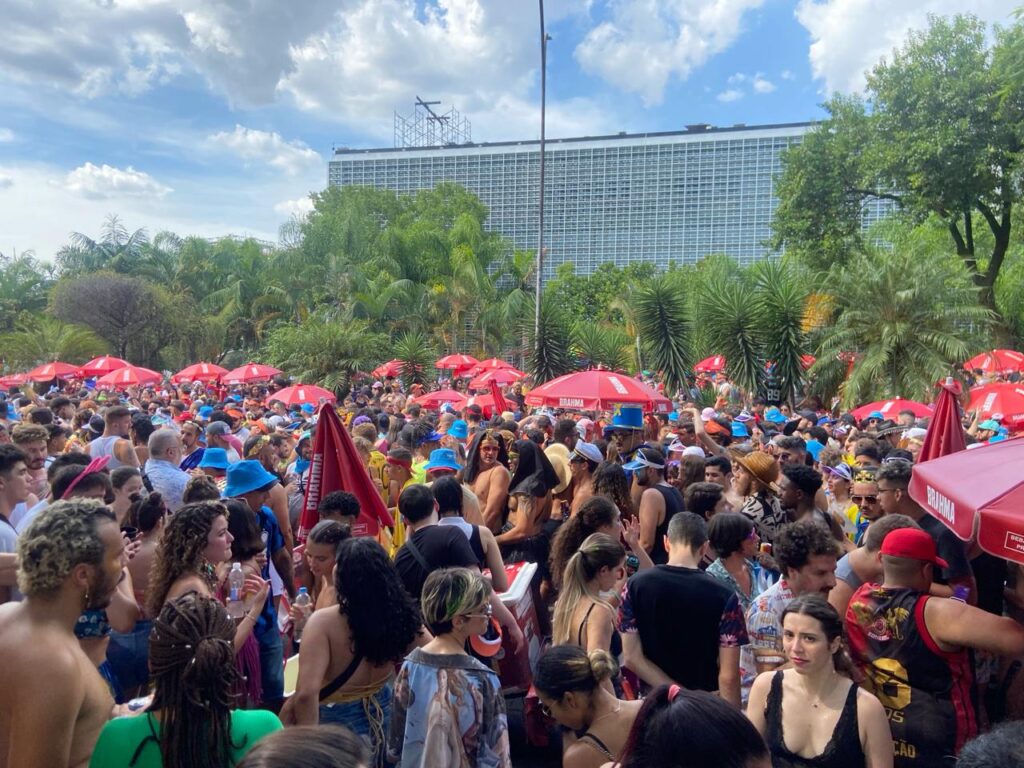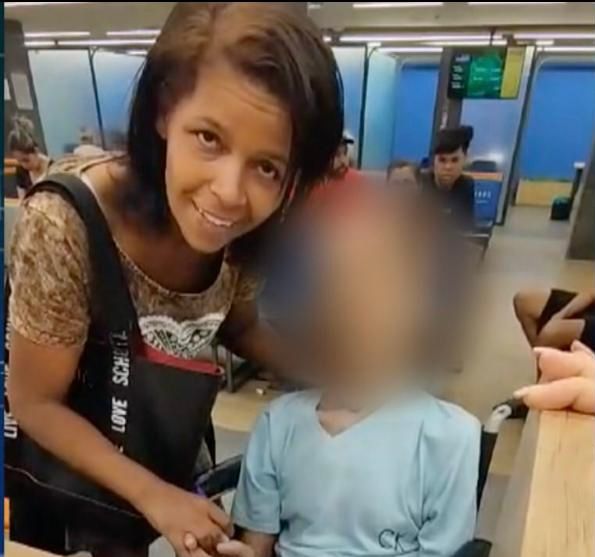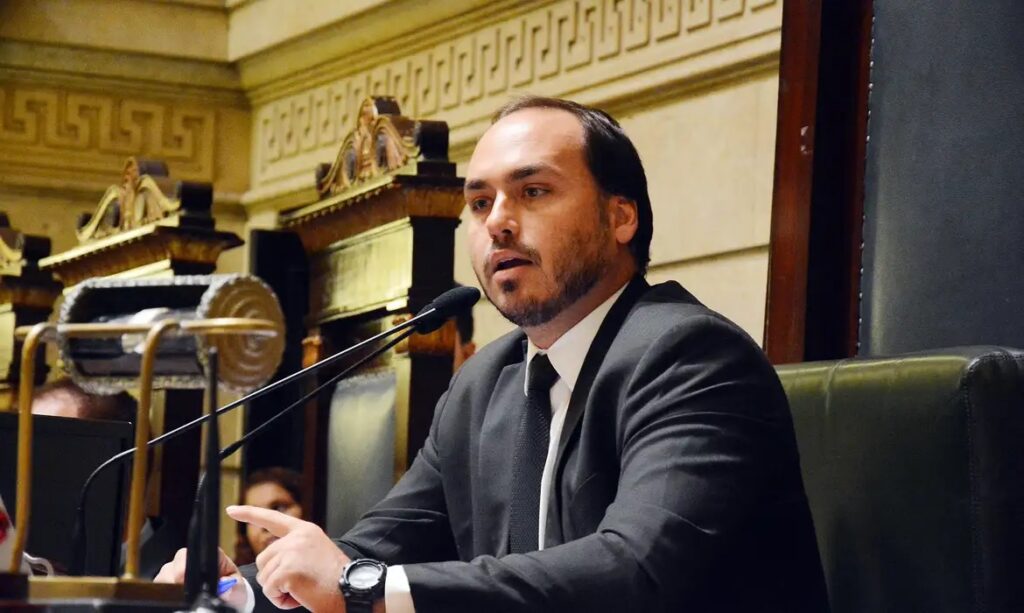São Paulo, Brazil – Brazil is experiencing a surge in dengue cases across the country, sparking fears of an approaching public health emergency. Scientists attribute the increase in cases of the mosquito-borne illness, which causes fever, nausea, aches and even death, to rising temperatures related to global warming.
From January 1 to February 12, official data released by the Ministry of Health indicated 512,353 infections and 75 deaths caused by the disease. Compared to the same period in 2023, the number of infections has nearly quadrupled.
The most affected states include Brazil’s Federal District, Minas Gerais, Acre, Paraná, Goiás, Espírito Santo, Rio de Janeiro and São Paulo. In these states, the outbreak has already been classified as an epidemic. And the scenario is likely to get even worse.
In January, the Ministry of Health predicted an historic year for dengue infections in the country, forecasting a total of up to 4.2 million cases, the same total recorded by the Pan American Health Organization last year in all of the Americas.
Dengue has been increasingly prevalent in Brazil in recent years. In 2022, 1.4 million cases were reported, and in 2023, there were 1.6 million cases, according to the Ministry of Health. But this year is tipped to eclipse those numbers.
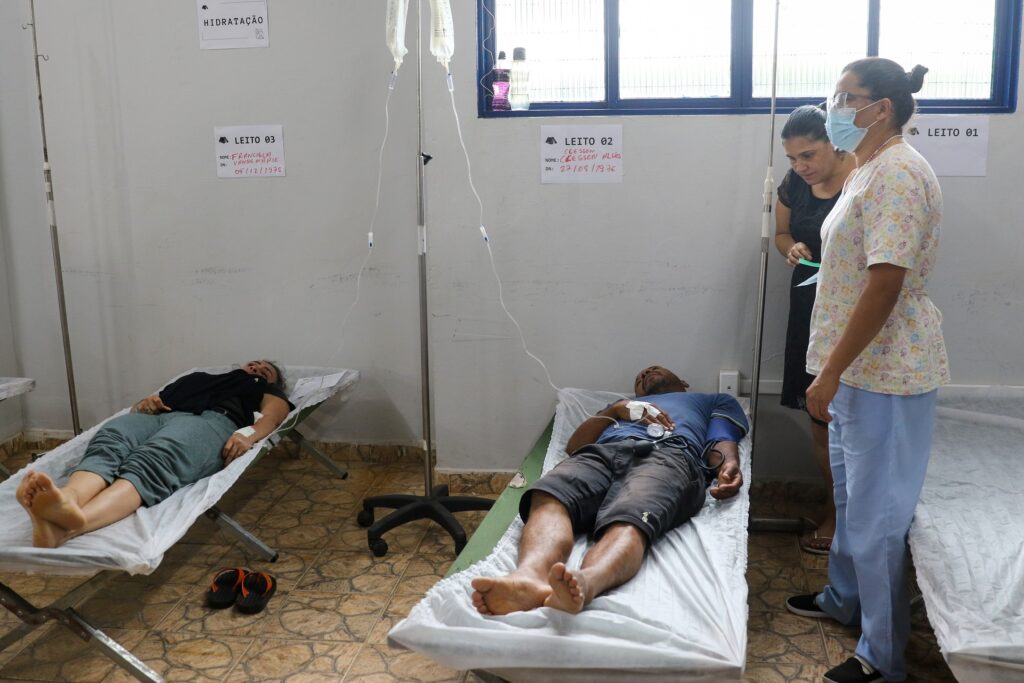
Rising temperatures and global warming, according to scientists, are factors contributing to the spread of the disease.
William Marciel de Souza is a biomedical scientist from the University of Western Santa Catarina. He holds a Master’s and Ph.D. in Immunology from the School of Medicine of Ribeirão Preto at the University of São Paulo, and currently, he serves as an Assistant Professor at the University of Kentucky, where he leads research on emerging viruses such as dengue, Zika, and chikungunya, transmitted through the bites from vectors such as Aedes aegypti and Aedes albopictus mosquitoes.
He said that unlike humans, who have mechanisms to regulate their body temperature between 97°F (36.1°C) and 98.6°F (37°C), these mosquito vectors depend on outside environmental temperatures to survive. In the case of the aedes mosquitoes, professor de Souza says they will reach the maximum of their biological capacity when exposed to a temperature between 82.4°F (28°C) and 84.2°F (29°C). In his assessment, the rising global temperature has also facilitated the survival and proliferation of these mosquitoes in regions of the planet that were previously considered free of these vectors.

“Cases are occurring in places we’ve never seen before,” Professor de Souza told Brazil Reports. “We didn’t see dengue cases in Europe, in France, Italy and Spain. Why is that? The summers, which used to be milder, have now become warmer and the winters, which used to be cold to kill the mosquito, are now a little warmer, so the mosquito can survive in an egg or larva stage”.
The professor said it’s the same in the United States, “where there are now autochthonous cases in Oregon, Texas, Louisiana, in the southern part of the United States. And the trend is that as the temperature rises, this will increase.”
A dangerous disease
“Global warming makes the mosquito proliferate more quickly, survive longer, and the more mosquitoes, the more chances of transmission,” Kleber Giovanni Luz told Brazil Reports. Luz is the coordinator of the Arboviruses committee of the Brazilian Society of Infectious Diseases and a consultant for the World Health Organization on the development of strategies for the prevention and control of arboviruses (diseases caused by viruses transmitted mainly by mosquitoes).

According to Luz, the second factor in the increase of cases has to do with the amount of virus types circulating. “In Brazil the four serotypes are circulating simultaneously: 1, 2, 3 and 4. This has almost never happened in the history of dengue in the country,” he said.
“And the third factor is the loosening of mosquito control measures,” said Luz, who encouraged more house-to-house visits to spray for mosquito larvae. “All of this is fundamental for vector control. We have the perfect storm: heat, lack of vector control and the circulation of the four serotypes. We’re certainly going to have a lot of problems with dengue in 2024.”
Most cases of dengue infection result in fever, headache, joint pain, nausea and pain behind the eyes, and symptoms generally last two to seven days. However, Luz warns that patients should pay attention to signs of the disease’s second phase, which is more critical and can result in death.

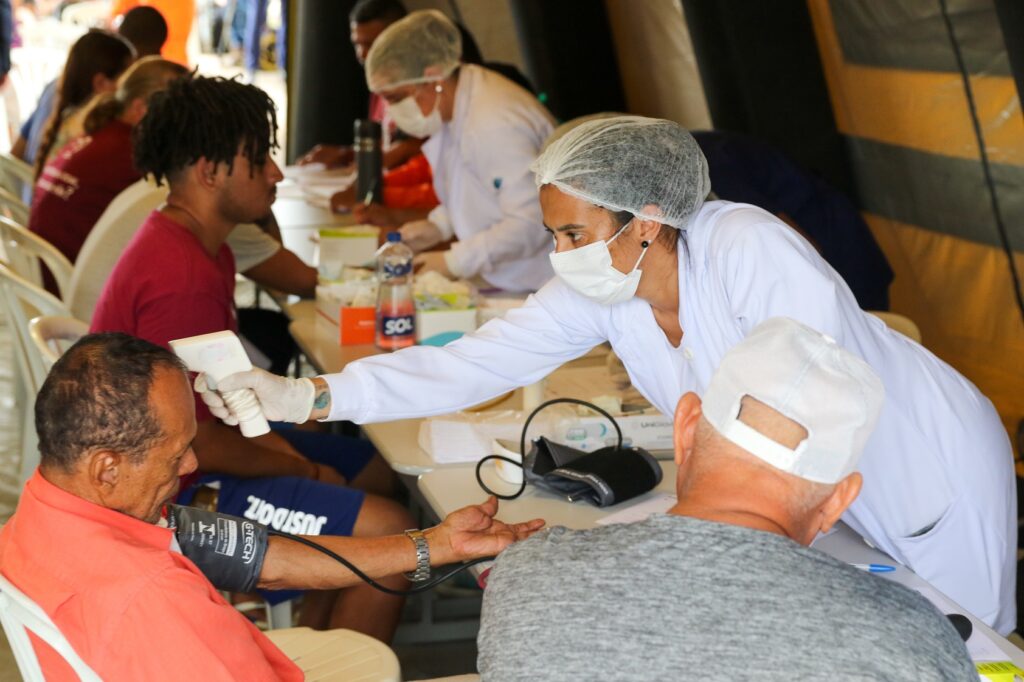
“The danger of dengue lies in the so-called critical phase which is when the fever goes down,” said Luz. “When the fever goes down, the individual can’t have any other symptoms. If the fever goes down and there are other symptoms, especially abdominal pain, bleeding from the nose or gums, this indicates the seriousness of the disease and the person can have a drop in pressure, go into shock and die.”
Aedes Aegypti in Brazil
Data from the Oswaldo Cruz Foundation (Fiocruz), a research institute in Rio de Janeiro, indicates that the Aedes aegypti mosquito, which originated in North Africa as its name suggests, arrived in Brazil in the 18th century, brought by ships carrying slaves from Africa to the Americas. It was also through maritime transportation that the mosquito reached other continents, such as Asia and Europe. According to Professor de Souza, in Brazil the mosquito found the ideal conditions to establish itself and thrive.
Because it is an invasive species, these insects have not been controlled in the wild and thanks to a hot, humid and rainy climate, they have been able to spread rapidly throughout the country. De Souza also explains that both Aedes aegypti and Aedes albopictus have adapted very well to Brazil’s urban environments.


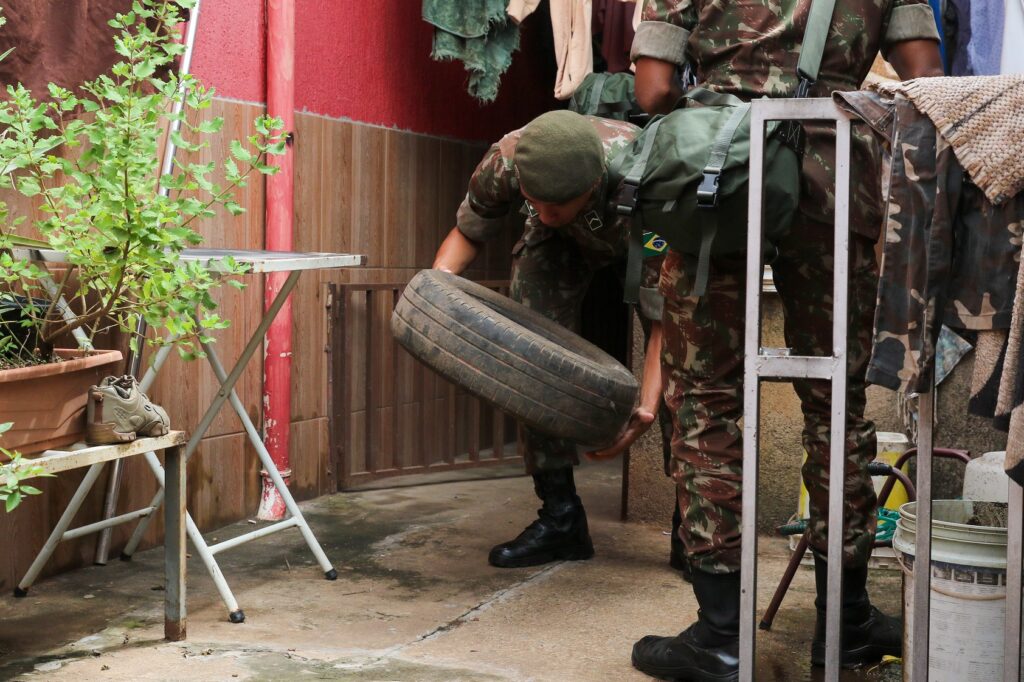
“The city is a perfect breeding ground for these creatures because it’s warmer and offers plenty of places for them to proliferate,” explains De Souza. “ When it rains, water accumulates, providing breeding grounds for mosquitoes. Concrete surfaces often lead to increased trash accumulation, and each piece of trash can serve as a water reservoir for vectors.”
Fighting and Prevention
Cities across Brazil are reinforcing vector control measures in response to the surge in dengue infections.
Municipalities are deploying fumigation vehicles, applying insecticides in areas with higher rates of infection, and health agents are visiting households to educate residents about the importance of eliminating standing water in containers.
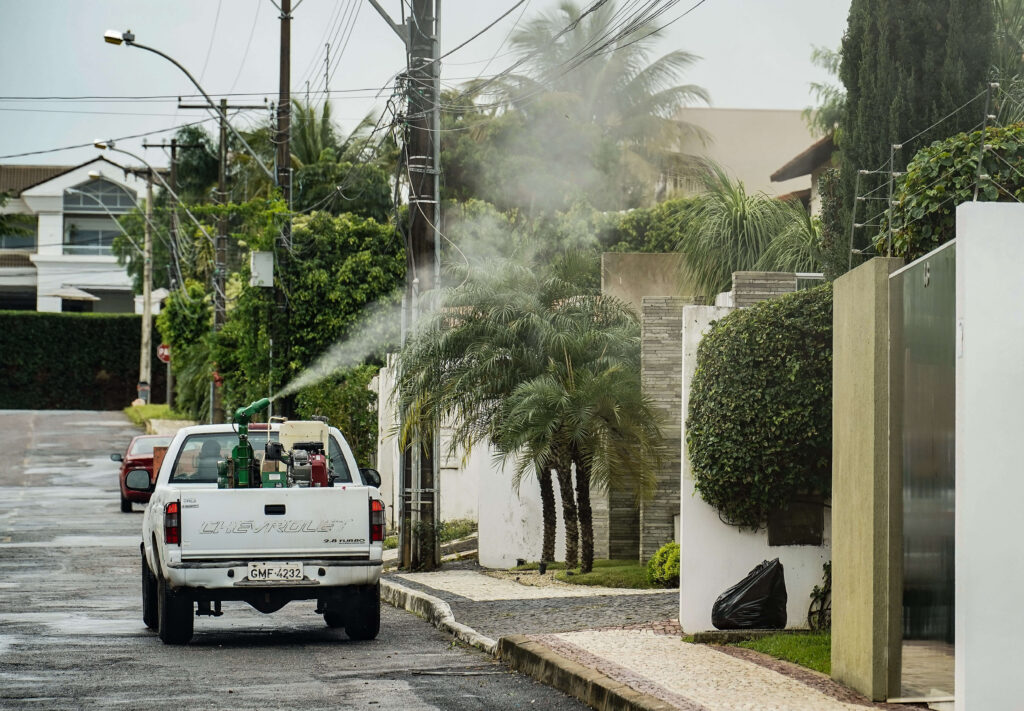
“The mosquito egg can remain dormant for up to a year during dry periods, and when water comes, it stops being dormant, starts biological activity, develops into a mosquito, and transmits the disease,” explains professor de Souza.
Preventing mosquito bites is one of the most important defenses available to protect from getting Dengue. Wearing light-colored clothing (to make it easier to see the mosquito when it lands) with sleeves, using screens in the house, as well as applying repellents with a minimum concentration of 20% icaridin also help to keep mosquitoes away. In the event of contamination, health officials recommend that patients remain at rest, drink plenty of water and seek emergency help immediately if they experience bleeding or any of the symptoms described by Luz, which can characterize the critical phase of the disease.
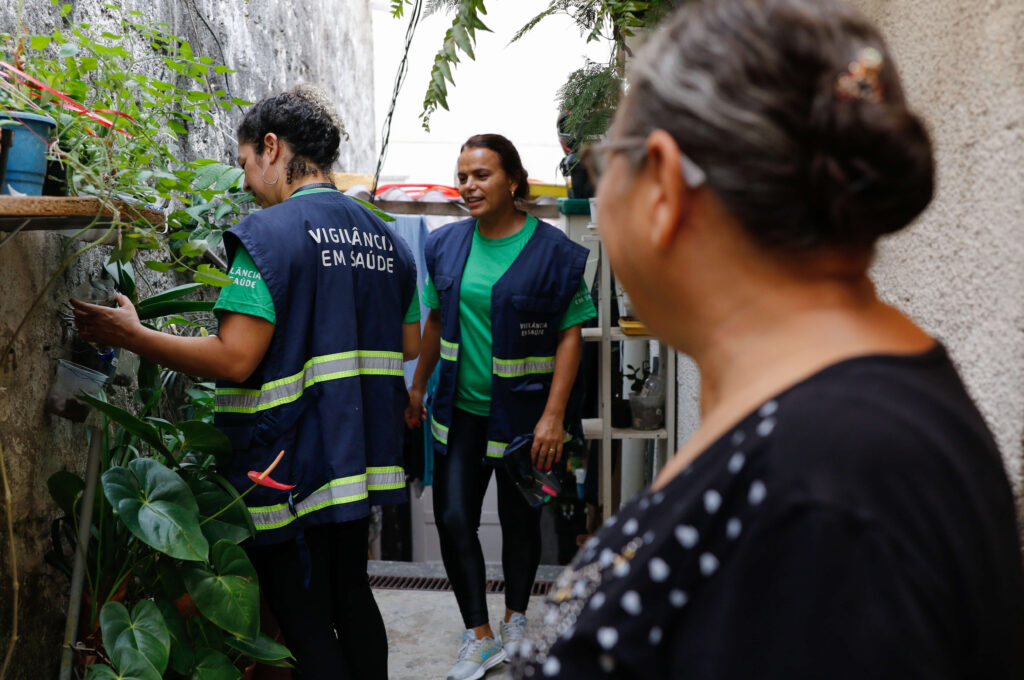

There are pharmaceutical companies producing dengue vaccines, however, in Brazil, doses are limited. The Japanese Qdenga has been approved in Brazil for people between the ages of four and 60, and requires two doses spaced three months apart. Due to the manufacturer’s limited supply, the laboratory which makes Qdenga has said it will prioritize sending new batches to the Brazilian government for its public vaccination program, and private clinics in the country will be limited in the amount of the vaccine they can obtain.
The Ministry of Health will reportedly receive 6.5 million doses of the immunization by the end of 2024 and 9 million doses in 2025. However, the public health system is prioritizing children between the ages of 10 and 11 years due to the high number of hospitalizations within this age group, according to the Health Ministry.
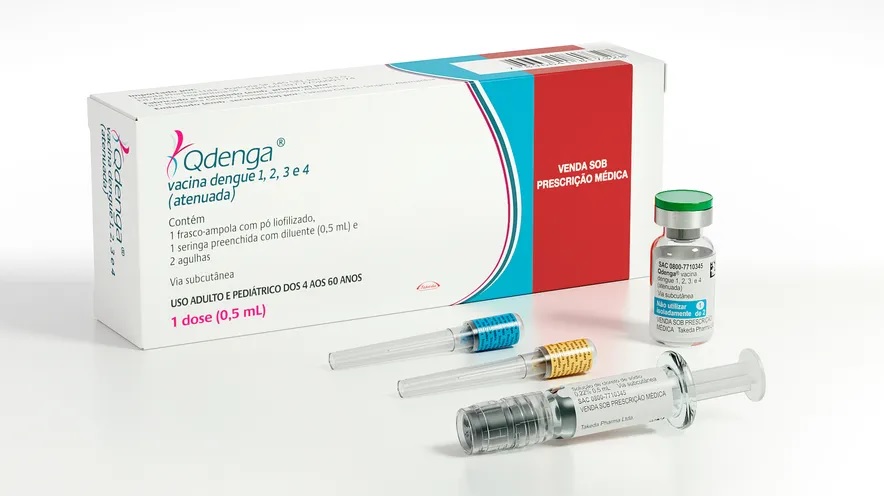
Local pharmaceutical companies are also working on vaccines for dengue. In São Paulo, the Butantan Institute, a renowned immunobiological research and production center linked to the government, has been developing a dengue vaccine since 2009. The laboratory is currently finalizing phase three of clinical trials, the last stage of testing before submitting the vaccine for approval by Anvisa, Brazil’s health regulatory agency.
The vaccine is expected to be available for use in 2025. Unlike the vaccine from the Japanese laboratory, Butantan’s vaccine will be a single shot, which means that people will only need to go to immunization clinics once, which tends to increase adherence to vaccination.
Despite this hope, professor de Souza emphasizes that it’s necessary to combine vaccination with multiple actions for effective dengue control.
“The vaccine won’t work miracles,” de Souza said. “What we need is a combination of several things: vector control, an immunization programme, medicines that help people not to lose their lives, or that reduce the impact of the disease.”
